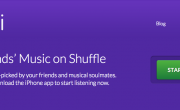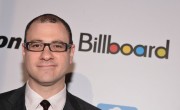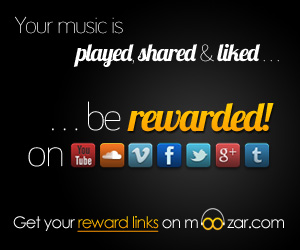By Jason Epstein
Cassettes could be copied with stereo cassette duplicators. CDs could be copied onto cassette, ripped onto computers or copied outright. Mp3s could be shared via Napster-type file-sharing software. Music piracy became easier over the years. Yet now, artists not only deal with piracy, but also potential further loss of revenue made by deep cuts from streaming services.
The New York Times reports that 1.5 million Pandora plays translate into a measly $1,652.74. On Spotify, 131,000 plays last year netted just $547.71, or an average of 0.42 cent per play. For the sale of a 99 cent mp3, an artist might make 7-10 cents after appropriate deductions to other earning parties, such as the record label. So 1.5 million sold mp3s would net an artist $150,000 before taxes if they received the upper end of this projection. Receiving fractions of a cent per play only makes sense if an artist can sustainably have more plays on each available song, netting them more than the 7-10 cents per sale of the song. This would be around 17-24 plays when looking at it from the perspective of Spotify’s pay-out rate.
With pay-outs that depend on huge play counts instead of outright sales, most artists cannot survive on streaming services alone. As it stands, they’re barely able to survive on album and single sales. For working, non-headlining artists today, touring and merchandise really is the only way to go to eke out a decent living.
The companies behind streaming music are blossoming comfortably into the industry. Pandora has 67 million regular users and a market of nearly $2 billion. Spotify is valued at $3 billion by its investors, yet have contributed just a small piece of the recording industry’s annual revenue. In the past year, Pandora has paid out just $202 million, and Spotify expects to pay $500 million in 2013. By comparison, mp3 downloads enjoyed $2.6 billion in sales in 2011. Spotify currently has 20 million users in 17 countries with a quarter of them paying $5-10 per month for upgraded memberships that eliminate advertisements or allow them to access Spotify on various devices.
Cliff Burnstein, co-founder of Q Prime which manages some very prominent artists speculates about a break-even point for Spotify: “There is a point at which there could be 100 percent cannibalization and we would make more money through subscription services. We calculate that point at approximately 20 million worldwide subscribers.”
Donald S. Passman, a known music lawyer isn’t too worried about this switch and dwindling of revenue streams, “Artists didn’t make big money from CDs when they were introduced, either, they were a specialty thing and had a lower royalty rate. Then as it became mainstream, the royalties went up, and that’s what will happen here.”
It’s certainly good news that payout rates could increase as all levels of subscribers increase and streaming takes a larger part of the pie, but does that mean that even more album and single sales and the revenue they generate will be eaten up? The music industry has seen an incredible shake up over the last decade and it seems to be a strong possibility we’ll see even more change over the next one.

















[...] on http://www.soundctrl.com Like this:LikeBe the first to like [...]
[...] on http://www.soundctrl.com Like this:Like [...]